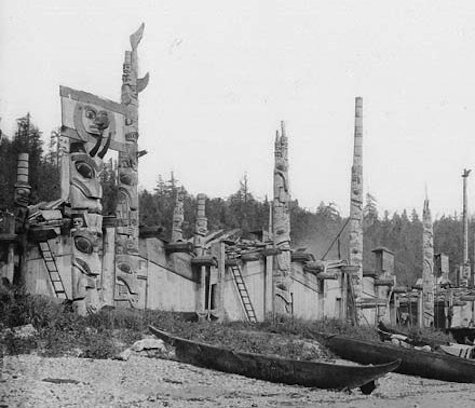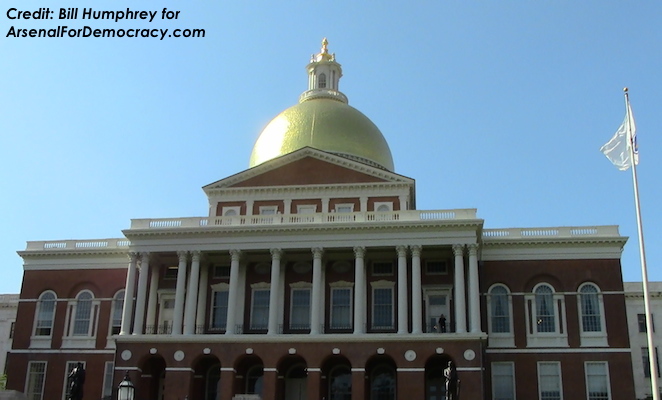Editor’s note: This is more or less a purely local post about politics in Newton MA (where we record our weekly radio show), but it has broader implications for both eastern Mass and other parts of the country where a similar pattern is playing out.

Newton highlighted within Middlesex County, Massachusetts. Credit: Justin H. Petrosek – Wikipedia)
At the Newton Ward 2 At-Large forum, citywide aldermanic candidate Jake Auchincloss said, some 44 minutes in:
“I don’t hear a lot of demand for us becoming a Millennial mecca. […] That’s not where the voters I spoke to chose to live. They chose to live in Newton, which is the Garden City and which has a special comparative advantage in Greater Boston of being bucolic, of having fabulous schools and safe streets, and that’s the priority.”
Maybe other voters won’t hear it the way I did, but: This is, without question, the most troubling (even disturbing, actually) thing I have yet heard from Jake over the course of this campaign.
It would be one thing to contrast Newton in general terms with other slightly more urban communities, some of which he cited by name. But it’s quite another to imply that those communities have bad schools or unsafe streets or no green spaces, and to further imply by specific word choice that this is all because ‘Millennials’ live there in large numbers. As if ‘Millennials’ are destroying the Greater Boston area like locusts and must be kept at bay from Newton.
Can you imagine the blowback if a candidate for citywide office said during a debate that Newton shouldn’t become a “mecca for the elderly” or a “mecca for baby boomers”? He would rightly finish in last place and never be heard from again.
But this discrimination is an easy political move because adult Millennials are not a major voting force in Newton right now for the simple reason that almost none of us can afford to live in Newton. No wonder he didn’t “hear a lot” from young people who have been priced out of their home city. They’re not here to be able to tell him what they want. Read more






